Keep the Tail Wagging is supported by pet parents. I occasionally earn a commission (at no additional cost to you) when you click through an affiliate link to one of my favorite products. Thank you for your support. Read More
Please note that I'm a pet parent sharing my experience with my dog who was diagnosed with hemangiosarcoma. I am not a veterinarian and nothing in this blog post should be used to diagnose your dog. Please use this information to become familiar with the symptoms of this cancer and one pet parent's treatment plan. It's important that you work closely with your vet on the care of your dog.
On August 5, 2020, our dog Sydney was diagnosed with hemangiosarcoma during a visit to the emergency vet for what I believed was bloat. A week later, on August 12, 2020, the diagnosis was confirmed. In both cases we were told that our dog had a few days to a few weeks left with us. However, our veterinarian, Dr. Cherie Guidry, reminded me that the prognosis is based on the average dog and we aren't the average pet parents and Sydney isn't the average dog.
By feeding our dogs a raw food diet and committing to minimal vaccinations, I believe that we have strengthened our dogs' immune systems. Our choices in how we raise our dogs is giving Sydney a fighting chance. To be frank, Sydney will die of cancer, but she may die of old age too. We really don't know. But until Sydney starts having more bad days than good days, we're going to help her survive this diagnosis.
You can read more about hemangiosarcoma on my initial blog post. In this blog post, I'm going to share the diet and supplement protocol I've chosen for Sydney with links to the supplements I purchased, studies, and more information to help others who are on this journey.
Sydney's Diagnosis of Hemangiosarcoma
Every diagnosis is different because every dog is different. I want to share with you what I learned about Sydney's cancer because I found that when I spoke to pet parents dealing with a similar diagnosis, I was given hope for a future with Sydney that went beyond a few weeks.
Sydney has hemangiosarcoma that involves a mass around her spleen and the cancer has metastasized (spread) to her liver. Her cancer is at a point where surgery isn't recommended because it won't help her; in fact, cutting may cause more harm. So we're focusing on removing the blood supply to the tumor to prevent future bleeds (or a ruptured spleen), starving the cancer through diet and supplementation, and killing off cancer cells. I have consulted with two veterinarians and I've done a lot of reading and I'm comfortable with the game plan I've set forth.
Sydney's Diet: Keto
Sydney is now on a keto diet. I started by feeding her a modified version of what the other dogs were eating and have since transitioned to Answers Pet Food. Answers provides a cancer protocol to help pet parents feed a keto diet. I've found that getting Sydney into ketosis was easy; I simply reduced the vegetables and protein and added a source of fat. When I switched her from a DIY keto diet to a keto diet using Answers Pet Food products (detailed or straight formula, with kefir as the fat), Sydney really dove into her food and we could see that she was feeling better later that day.
Sample Recipes for Sydney
Recipe #1
- 165g Answers Detailed Formula – Turkey or Beef
- 25g Answers kefir
Recipe #2
- 149g Answers Straight Formula – Turkey, Beef, or Pork
- 14g Green JuJu – Just Greens
- 15g Fermented Fish Stock
- 15g MCT Oil by CocoTherapy
Recipe #3
- 130g Answers Straight Formula – Turkey, Beef, or Pork
- 1 raw egg
- 14g Green JuJu – Just Greens
- 20 g Answers kefir
The detailed formula is nutritionally complete. I prefer this for Sydney because it means that she's still getting the nutrients she needs. However, I'm fine with alternating with the straight formula (which is recommended for the keto diet). Sydney might be on the keto diet for the rest of her life, I really don't know. It depends on how her cancer responds to the diet and supplementation plan detailed below.
How a Keto Diet Helps Dogs with Cancer
To get my dog into ketosis, I feed a diet high in fat, moderate protein, and low in carbs (low glycemic vegetables). I've always been careful about my dogs' diet and treats, which makes it easy to be extra vigilant with my dogs. “Can I give your dog a treat?” Used to be met with grudging acceptance because I know the person meant well and it's just one treat. Now I share that my dog is on a special diet and treats will make her sick and I stand by that happily.
I use a ketone meter to measure Sydney daily until she goes into Ketosis. My goal is to get her above .3 mM. When she measures lower than that range, then I add more fat to her meals or give her a treat of kefir (her favorite treat) or the Answers cheese treats (which she also loves). The best time to measure is in the afternoon. Measuring in the morning doesn't work because there is a natural rise in blood sugars in the morning; well, this is for humans and I'm guessing the same can be said for dogs. So, I measure Sydney in the afternoon. If she's .1 or .2, this is good, because that means that there are ketones in her blood – I keep adding fat in small amounts until I get above a .3 mM.
A keto diet throws Sydney's system into ketosis where the fat in her diet (and body) serve as her primary energy source. This diet also takes away the main food for the cancer cells in her body – glucose, which is derived from carbs and protein. In my research, I learned that cancer cells have trouble adapting to a low glucose diet, which makes it challenging for them to survive. #HappyDance
“A ketogenic diet also triggers a chain reaction of at least three other cancer-fighting mechanisms. Less glucose means cells produce less IGF-1, a protein growth signal for cancer. Ketogenic diets also lower the tumor’s ability to produce another growth signal called VEGF. Tumors use this signal to grow a private blood supply. By cutting off the tumor blood supply, an effect called anti-angiogenesis, cancer cells become starved and can’t grow.”
~ Healthline
Studies on Keto Diets
- Ketogenic Diets and Cancer: Emerging Evidence, Jocelyn Tan-Shalaby, MD
- Ketogenic diets as an adjuvant cancer therapy: History and potential mechanism
- KetoPet Sanctuary Case Studies
Hemangiosarcoma Supplement Protocol
This part is going to be intense and my only advice to you is NOT to run out and buy all of these supplements. Instead, do your homework, speak with your veterinarian to learn if this protocol will work for your dog. Remember, every dog is different.
These supplements are split between two meals. Below, I'm sharing each supplement, the amount I'm giving to Sydney, and when. The side effects are based on my experience with Sydney. All links are to the exact supplement that I purchased for my dog.
1 – IP-6 & Inositol Supplement
IP-6 & Inositol stimulate the immune system's ability to kill cancer cells while slowing the growth/spread of cancer. The dosage for a dog of Sydney's size (68 lbs) is 800-1600 mg twice daily before her meals, however, I've read that it can cause a dog nausea and diarrhea so I decided to start slowly with 1/3 of a capsule once a day and work my way up to the dosage that will work for Sydney. I mix the contents of a capsule in kefir and Sydney licks it right up. A couple of days after starting, I moved to 1/2 a capsule twice daily and Sydney experienced nausea and diarrhea that evening and the nausea lasted into the next day. She was able to eat a small amount of kefir (blended with mushrooms for digestive support and I snuck in a small amount of Graviola too) with no issues.
For now, I will not give this supplement to my dog. It may be the brand that I purchased or it cold be the supplement itself; I don't know. I'm currently looking for feedback on other brands to see if their formula has been successful with other dogs. As you read further, there are other supplements do also work to kill cancer cells and slow the spread of the cancer and I pray that they will be enough if we're unable to add IP-6 to her diet.
- Dosage: two pills twice daily prior to meals (mix with kefir or raw goats milk)
- Frequency: daily
- Side Effects: nausea and diarrhea
2 – Yunnan Baiyao
Yunnan Baiyao (or YB) is given to dogs to control bleeding (and, in some cases, stop the bleeding) of cancerous tumors and it slows the spread of the cancer. YB also promotes the body's natural anti-inflammatory response, helping to ease symptoms of arthritis. Because of the type of cancer Sydney has, she can't take NSAIDS because they increase the likelihood of a bleed. I give Sydney two pills twice daily with her meals as prescribed by her veterinarian. She takes it for five days and then we take a break from this supplement for five days because it's taxing on the liver (hence the milk thistle on this list). For people who want to give it daily, it's recommended to reduce the dosage.
Each package comes with a little red pill that is to be used in emergencies when a dog is experiencing a bleed. We've experienced this once – Sydney didn't have an appetite, her gums were pale, and she was very low in energy. Within thirty minutes of giving her a dose, she was feeling better and ready to eat.
I haven't been able to find any side effects listed and Sydney hasn't had a reaction. I've been warned that dogs with liver issues will need more support when taking YB. Since Sydney's cancer has spread to her liver, I'm supporting her liver with milk thistle.
- Dosage: two pills, twice daily with food
- Frequency: 5 days on, 5 days off
- Side Effects: none; there is an emergency red pill in each pack that may cause drowsiness, diarrhea, and an upset tummy.
Read more about what I learned to do when Sydney is experiencing a bleed.
3 – Xiao Chai Hu Tang / Hermangio Supplement Formula
These aren't the same supplements; they're similar. The first is a blend of Chinese herbs that I read about and the second is a blend of Chinese herbs mixed by my veterinarian. They offer similar benefits; they inhibit the blood supply to abnormal cells, which reduces the chance of a bleed. These herbs also induce apoptosis (death) of cancer cells. Because Sydney doesn't like this supplement, I add a small amount to a capsule along with turkey tail. We're working our way up to the dosage recommendation.
- Dosage of Xiao Chai Hu Tang: 2 tsp
- Dosage of Hermangio Formula: 1/2 to 1 tsp
- Frequency: once daily
- Side Effects: may cause an upset tummy, start with a low amount, and gradually increase while monitoring your dog's reaction
4 – Turkey Tail Mushroom
Turkey tail mushrooms are a powerful antioxidant that boosts the immune system while decreasing cancer cells in the body. Canine Matrix offers a quality supplement for dogs that I stocked up on for my dogs – thank Heavens. It's recommended that a dog of Sydney's size (68 lbs) gets 3,175 mg (3.175 grams) daily. This equates to 3 scoops of the Canine Matrix Turkey Tail supplement. However, this isn't the only mushroom supplement Sydney is getting, so I cut the dosage in half.
- Dosage: 1-1/2 scoops daily
- Frequency: morning meal
- Side Effects: none
Studies:
- Medicinal mushrooms as an attractive new source of natural compounds for future cancer therapy
- Immune Modulation From Five Major Mushrooms: Application to Integrative Oncology
- A Critical Review on Health Promoting Benefits of Edible Mushrooms through Gut Microbiota
5 – Chaga Mushrooms
Chaga mushrooms are very high in antioxidants and also work to support the immune system, fight inflammation, and slow the growth/spread of cancer. Chaga mushrooms are also great for digestive health and diabetes. It's recommended that a dog receive 1/8 of tsp of the powder per every 22 lb/10 kg, so I'm giving Sydney 1/2 tsp daily. I use the OM brand and I've read that while Chaga mushrooms are a powerful antioxidant, it's important to go light at first because it sparks diarrhea or increased bowel functions if your dog is new to this mushroom. One option is not to give Chaga mushrooms to our dogs during a bleed; I have chosen to take this mushroom off of the protocol because it's not always apparent that our dogs are having a bleed (or have fully recovered from a bleed).
- Dosage: 1/2 tsp
- Frequency: evening meal when Sydney is NOT having a bleed.
- Side Effects: Chaga mushrooms may interfere with blood clotting.
Studies:
- Continuous intake of the Chaga mushroom (Inonotus obliquus) aqueous extract suppresses cancer progression and maintains body temperature in mice
- Antitumor activity of water extract of a mushroom, Inonotus obliquus, against HT-29 human colon cancer cells
6 – Graviola
Graviola is a fruit grown in Central and South America and it's believed that it has anti-inflammatory properties, lowers blood sugar, and it seeks out and kills cancer cells and shrinks tumors. People are seeing a significant decrease within 30 days of adding Graviola to their dog's cancer protocol. Sydney gets 1 capsule daily (1,500 mg), split between two meals daily. After a few weeks of trying to add Graviola to Sydney's diet, I decided to remove this from her diet. This supplement upset her tummy greatly. It's more important that she's happy to eat a healthy diet while living with cancer.
- Dosage: 1 capsule split between two meals
- Frequency: daily
- Side Effects: may cause an upset tummy, start with a low amount, and gradually increase while monitoring your dog's reaction
Studies:
- Exploring the Leaves of Annona muricata L. as a Source of Potential Anti-inflammatory and Anticancer Agents
- Anticancer Properties of Graviola (Annona muricata): A Comprehensive Mechanistic Review
- Graviola: A Novel Promising Natural-Derived Drug That Inhibits Tumorigenicity and Metastasis of Pancreatic Cancer Cells In Vitro and In Vivo Through Altering Cell Metabolism
7 – Milk Thistle
Milk thistle is a supplement that supports liver health and acts as a liver detox. It's recommended that we give our dogs milk thistle two to three weeks before exposure to toxins (vaccinations, flea/tick treatments, etc.) to allow it to build up in the system. In this case, Sydney is getting milk thistle because (1) the cancer has spread to her liver and (2) to support her liver while she's taking Yunnan Baiyao and other supplements. To make it easier to give the correct dosage, I'm giving Sydney a supplement formulated for dogs by Herbsmith.
- Dosage: 2 scoops / one per meal
- Frequency: daily
- Side Effects: none
8 – Coenzyme Q10 (CoQ10)
CoQ10 is for heart health, cardiovascular health, and boosts the immune system. It's found in oily fish (salmon, sardines, and mackerel) and organ meat. I've read that our dogs produce their own CoQ10, however, since Sydney's system is compromised and she's dealing with occasional bleeds, this supplement is going to help tremendously. Another powerful antioxidant, CoQ10 works to reduce damaged cells while keeping her heart healthy. To make it easier to give the correct dosage, I purchased a supplement formulated for dogs from Dr. Harvey's.
- Dosage: 2 capsules split between two meals
- Frequency: daily
- Side Effects: none
9 – Canna Pet CBD Oil
And, finally, I have Canna-Pet CBD oil capsules on hand for pain and anxiety, however, I haven't had to use them much because the other supplements also reduce inflammation and alleviate pain. Sydney is doing great right now. I'm thankful to have the Canna-Pet on hand just in case. In a conversation with my veterinarian, I learned that it may be tempting to double or triple the Canna-Pet dose, but this will make her sleepy, and I don't want to confuse drowsiness with symptoms of anemia if she were to have a bleed. Therefore, this is given as needed and I don't give CBD oil to Sydney during a bleed.
- Dosage: 2 capsules split between two meals
- Frequency: when needed
- Side Effects: can cause drowsiness (depending on dosage) and may slow clotting.
There are more supplements out there and while I'm taking the time to learn what else I can do for Sydney, I don't want to add 45 powders and tinctures to her meals, so I'm trying to be proactive and conservative. Plus, all of this adds up, so it's important that I'm smart about where I invest my dollars.
Foods to Avoid After a Hemangiosarcoma Diagnosis
After Sydney was diagnosed with hemangiosarcoma, I started reading and was stunned by the mountains of information that we, as pet parents, need to know. Where it not for the Facebook group, I would have made a lot of poor decisions for my dog.
The following are foods and supplements that act as blood thinners and shouldn't be fed to a dog that has been diagnosed with hemangiosarcoma. It's not that these foods have to be completely avoided, they just need to be avoided during an active bleed and because I wasn't always able to tell that my dog was having a bleed (pale gums, low energy, distended stomach), I just avoided the foods.
- golden paste
- salmon oil and sardines
- foods rich in Vitamin E like goose meat, trout, sunflower seeds, and turnip greens
- ginger
- garlic
Foods that Support Blood Clotting
On the other hand, there are foods that are rich in Vitamin K and support blood clotting and would be a good addition to the diet.
- kale
- mustard greens
- collard greens
- spinach
- broccoli
- beef liver
If Your Dog Becomes Food Aversive
If you're mixing the a lot of herbs and supplements into your dog's meal, you might experience a time when your dog refuses to eat. I learned with Sydney that all of the above, at the full dose, given on the same day is too much. When Sydney started turning her face away from food, I knew that I needed to take a break because she was beginning to associate the food with the feeling of being sick. I learned that it's okay to take a break from the keto diet and from the herbs and supplements.
My number one priority with Sydney is that she have a happy time with us; whether we have three weeks, three months, or three years. I want that time to be happy and if she's not eating or constantly feeling nauseous, then this isn't going to work for either of us. The following helped when Sydney stopped eating (due to feeling nauseated):
1 – I feed Sydney from a plate or paste bowl. I found that her regular dish traps the smells of the food and this can be overwhelming. Adding the food to a plate allows me to separate the food so she can then choose what she wants to eat. Sometimes, I would fed her from hand, allowing her to smell and make sure nothing nefarious was snuck inside.
2 – I change up the main protein every few days and I don't mix any supplements into it (unless it's just a pinch). She has a powerful nose and can pick up the scent of Chinese Herbs. I have to be prepared to make a change every day, so I have DIY raw, Answers Pet Food, and cooked meat (beef, turkey, and chicken) on hand for when she isn't interested in raw.
3 – I give Sydney herbs separate from her meals; I'll mix the mushrooms and herbs into a liquid along with slippery elm (it becomes a paste) and use an oral syringe to put it in the back of her throat either midday or right before bedtime. It sucks for both of us, but it's fast and quick. I give it 20 minutes and then she gets pure canned pumpkin as a treat. I wait so she doesn't associate the pumpkin with the medicine.
4 – I've learned to be okay if Sydney doesn't want to eat. If she skips a meal or two, it's not the end of the world at this point and I count the day as a fasting day. Sometimes, she'll have a day where she'll eat fish skins, dehydrated turkey wings, and a spoonful of organ meat or green tripe (to avoid constipation). It's not a balanced meal, but eating keeps her spirits and energy up.
5 – I remind myself that every dog is different. It's tempting to see another dog that has a similar diagnosis and is thriving to want to follow the same protocol, but that protocol may not work for my dog. This is when I remind myself that Sydney's quality of life is more important than how long she lives. I want her to be with us for as long as possible, but I don't want her to be miserable while she's here.
If You're On This Journey
If you are reading this and you're also on this journey, my best advice to you is to protect your boundaries. A lot of well meaning people are going to want to help and that's amazing, but there are going to be days when you just can't take anymore well wishes, unsolicited advice, or warnings about supplements, diets, or Facebook groups. It's okay if you don't respond to someone's message, text, or comment. It's okay if you don't want to answer the phone. It's okay to just want to be silent until you feel better. My veterinarian told me that she's seen a difference in the outcome of dogs based on their human's attitude and energy. I simply cannot take on someone else's negativity, hurt feelings because I didn't respond to a text, or desire to gossip and rant about stupid things that don't matter.
My dog has cancer.
It's amazing how this diagnosis puts things into perspective. It's okay to just focus on you and your dog.
The best advice I've received came from my veterinarian: set boundaries, avoid toxic social media, and don't get overwhelmed by the information in support groups. I'll add that it's important to avoid toxic people too. Protect your energy.




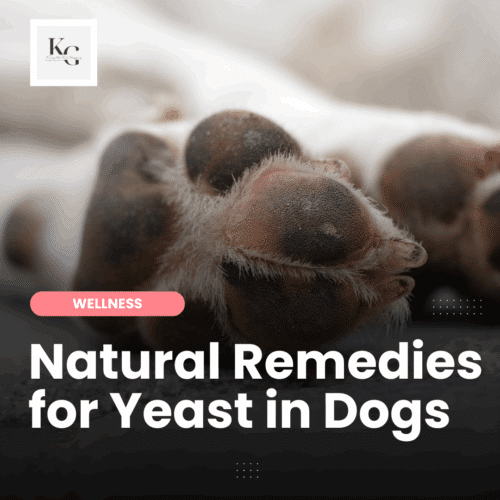
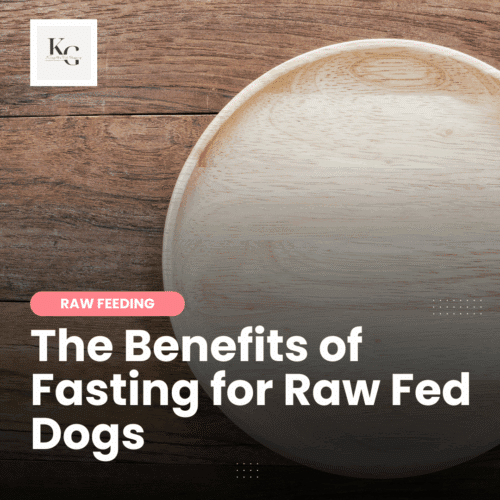
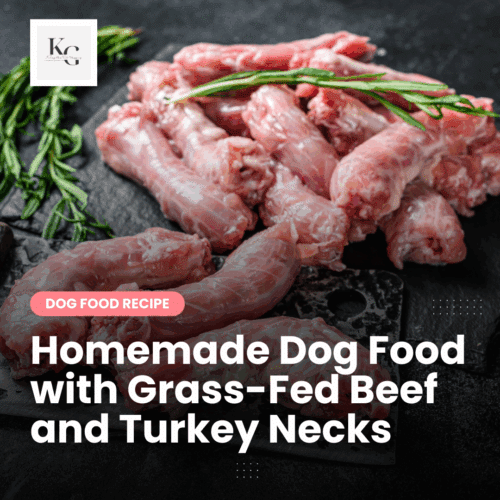
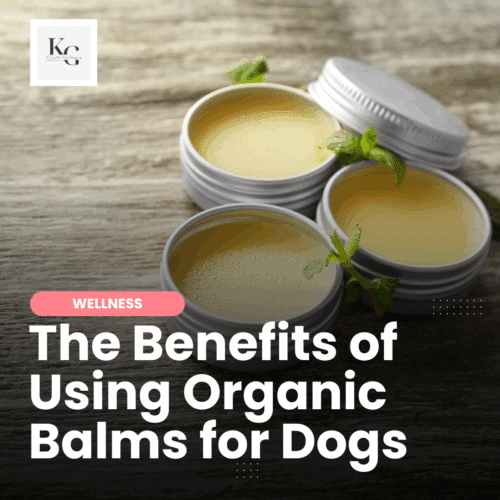

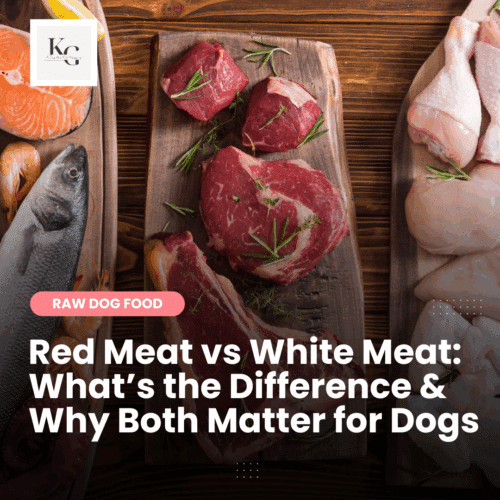
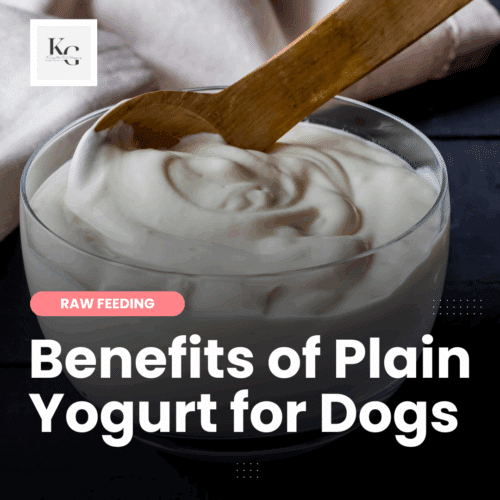


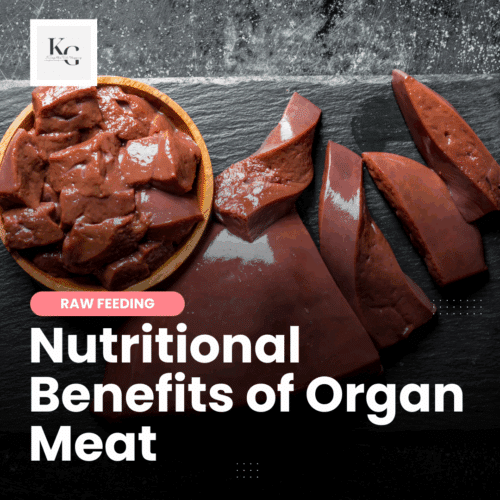


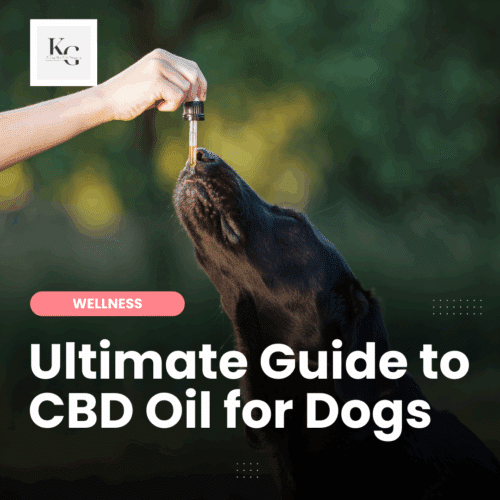
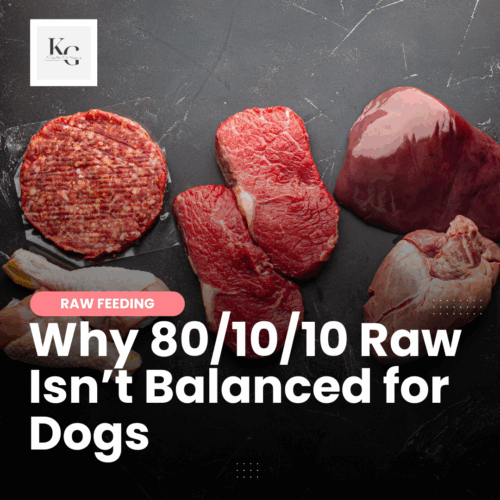
You are a great dog mum! Thank you so much for the informative post!
Sharon, I also have been told by human nutritionists that the Ubiquinol is better for humans than the CoQ10 because the CoQ10 has to be digested and turned into Ubiquinol for our body to use. Most people’s bodies either have issues with digesting or the food that they are taking with it in is not digested properly for our body to use it.
I am sorry Kimberly that you are going thru this. Hugs. I love the picture above of Sidney (I am assuming it is Sidney).
good article.was very helpful. thanks
I talked with the people at Canine Matrix and they suggested seeping the mushroom powder in about 1/3 cup of very hot water for 15 minutes to increase the cancer benefits. After seeping, we mix with bone broth and it is well received. Also, we use Ubiquinol instead of CoQ10 as it’s easier for them to absorb..
You did a remarkable job on outlining your journey!! Very informative and encouraging! Wishing you great success, and most importantly, lots of love along the way!
You are an AWESOME DOG MOMMY! You have done your homework and you are amazing. Give Sydney a hug! Sending lots of prayers!